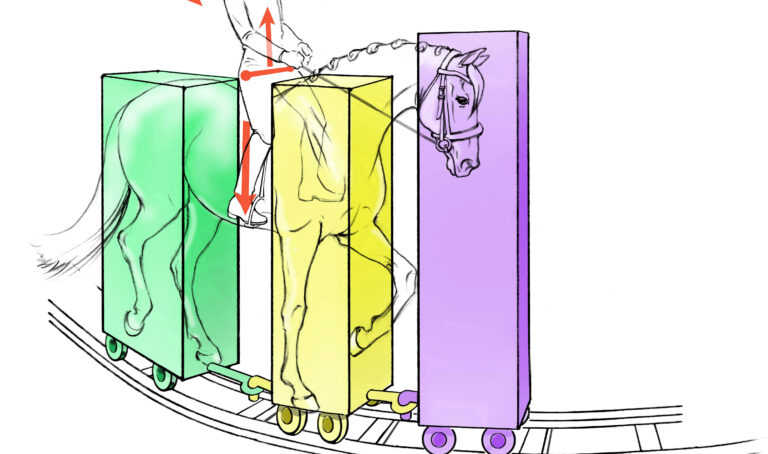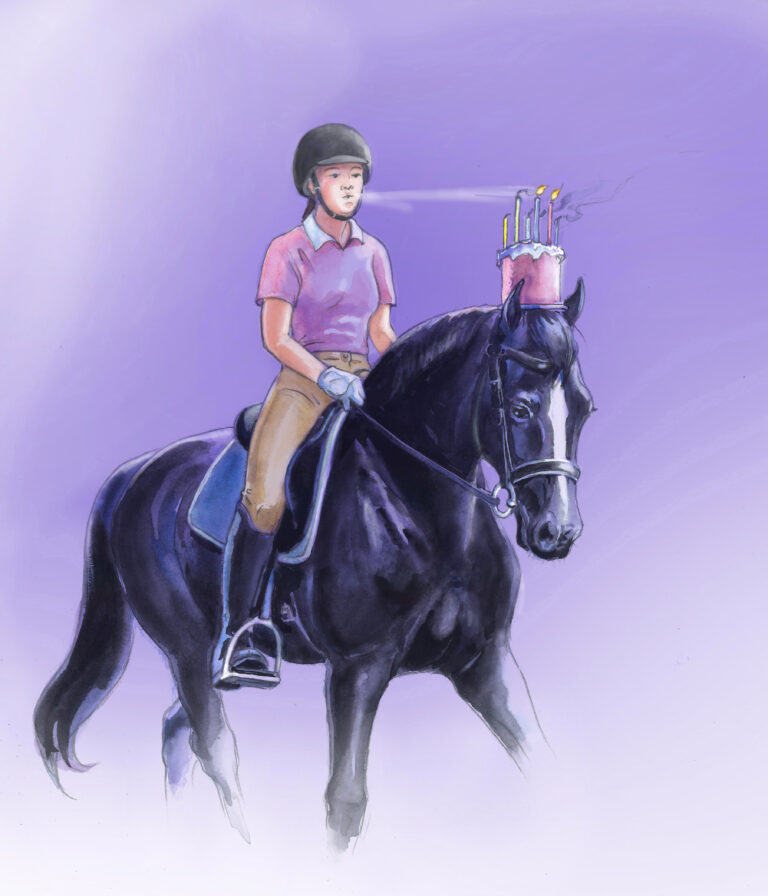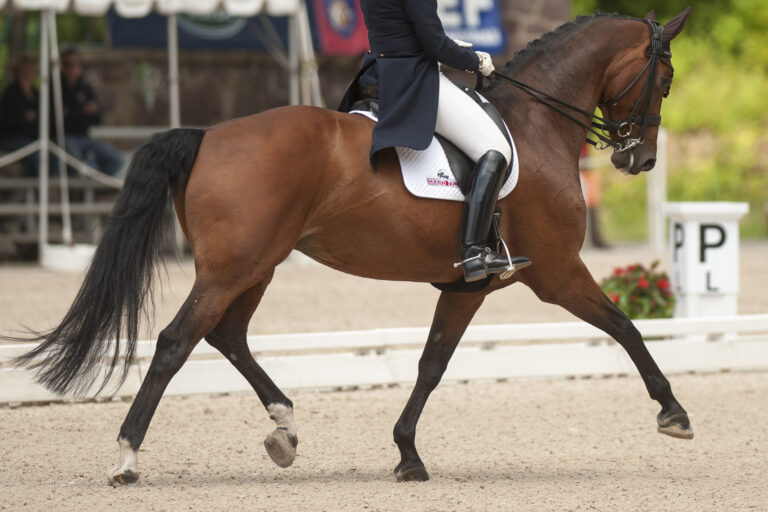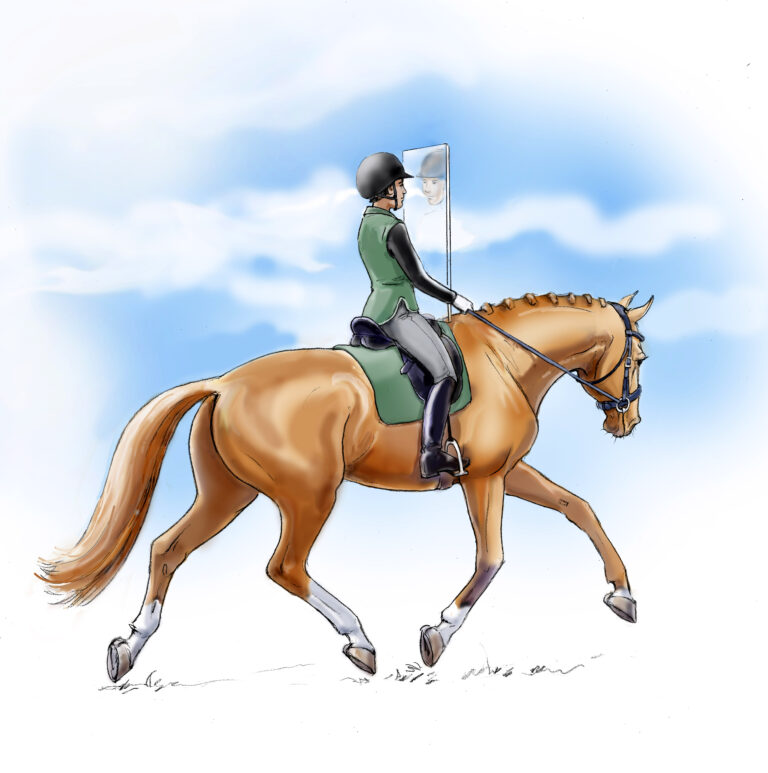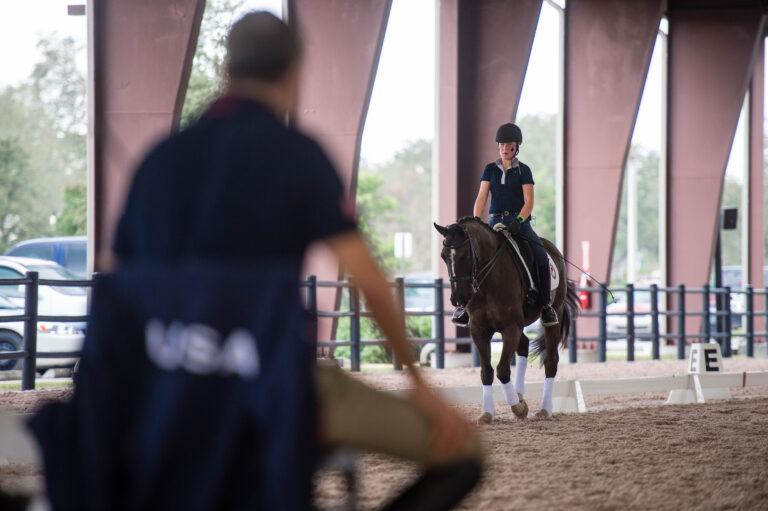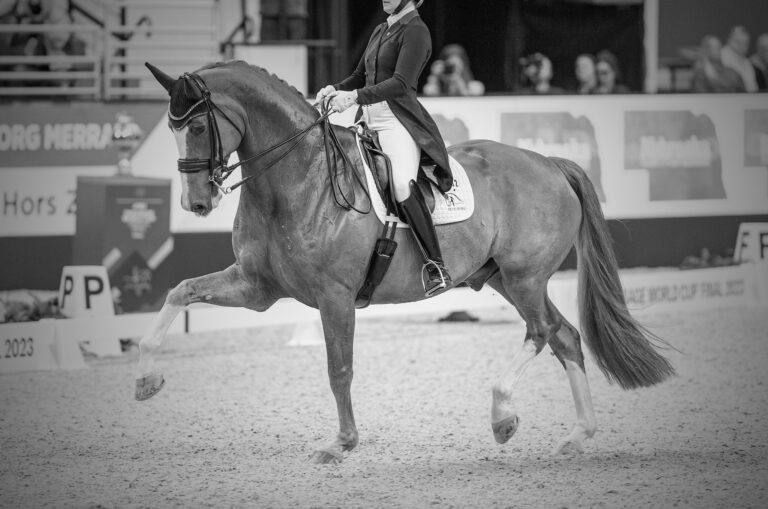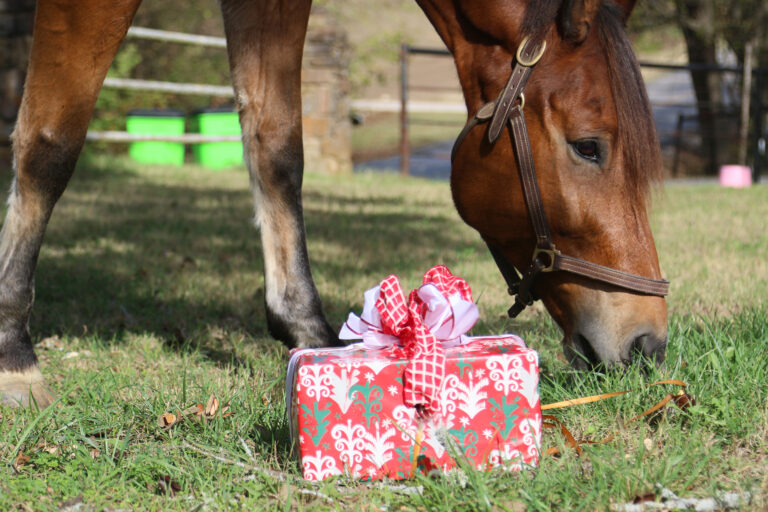
Our horses did not ask to be ridden. That’s why I believe it is the job of riders and trainers to create a partnership with them. For this relationship to work, our horses must think of us as a trustworthy member of the herd. For me, that means never coming to a place in training where I have to draw a line with a horse and assert my dominance. From the start, I try to understand each horse’s personality—especially as it relates to his or her gender—and then find a way to bring out his or her best.
In this article, I describe what I have learned from the many stallions, mares and geldings I have trained and ridden over the past 15 years. I hope that my experience gives you some new ideas for developing a closer relationship with your equine partner.
Establish Respect with Stallions
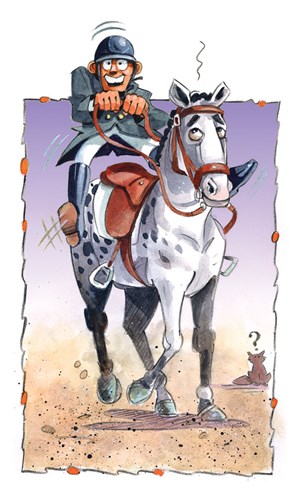
I would like to start by sharing how I work with stallions, because they have taught me the importance of finding the right conciliatory approach with even the most defiant horse. Although a relatively small number of dressage riders choose stallions, I hope my experiences will give you insight into the importance of always working with, never against, your horse, regardless of gender. I also offer this word of caution before I proceed: Only experienced professionals should train stallions because the margin of error with them is small and the possibilities of teaching bad habits or getting into dangerous situations are real.
When I work with a stallion, I show him that a mutually respectful relationship is possible. That way, he’s less likely to feel that he must attempt to dominate me. Being dominant comes naturally to them, and when they are confused that’s how they try to take control of the situation.
It’s critical for a handler to keep space between himself and a stallion because this space is a symbol of mutual respect. When a stallion tries to crowd me, I make a big gesture to get him to move away. I never strike a horse or make negative contact of any kind because it sacrifices the space between us. I have noticed that if I can get a stallion to blink, then I can get him to move. So I may put a hand near his eye or shake the lead rope close to his face. I want a stallion to imagine what I am capable of doing, so I strive to keep him impressed by the smallest-possible aids. I am careful not to cause him pain. I might be able to get control through force, but then the horse will become defensive or afraid, and I will never achieve my goal of having a horse who loves his work with me.
When I work with a stallion, I show him that I am not against him, I am not going away, I am waiting to work with him. I react as little as possible when he challenges me because I do not want his negative behavior to escalate. Bad behavior should not be rewarded, but it should not be punished either, because punishment is its own sort of negative reward. Consider, for example, how I deal with rearing.
Rearing is extremely dangerous because the horse can flip over. It is also an effective way of putting a stop to work—a reward for the misbehaving horse. But rearing is also part of stallions’ breeding behavior, so they are inclined to rear and are adept at it.
During training, stallions may rear out of playful excitement, fear, confusion or the desire to assert their dominance. Whatever the reason, I interpret the behavior and respond to the individual situation. For instance, if a stallion is expressing fear or confusion, I take away the pressure by asking nothing of him. I just sit quietly in the saddle. I may reassure him with my voice if he seems frightened, or praise any glimpses of good behavior. Even when a rearing stallion is trying to assert dominance, I do not react. I do not want him to think I am challenging him. Instead, I let him have his say until he loses interest. Then I ask him to halt or walk on the buckle. I want him to be mindful of our mutually respectful relationship before continuing. Then we usually are able to progress.
Build Confidence with Mares

Mares are known for having problems with tension, which can come from feeling insecure or pressured by training. I strive to make their work seem easy to build confidence and help them understand their jobs so they feel capable of accomplishing what I am asking. As with any horse that I know feels nervous or timid, I don’t ask a mare for 100 percent.
Mares tend to be herd-oriented, and I turn this to my advantage by finding ways to make them think of me as a herd mate. I spend time visiting mares in their stalls, and I brush them, scratch itchy spots and sometimes give them treats. It is a great way to bond.
There is a saying that if a mare loves you, she will give you 110 percent. I believe this is true. I had a very unsocial mare come in for training. Then I watched as her new owner spent a lot of quality time with her. The mare’s personality really blossomed. Now even when her rider makes mistakes in the saddle, this mare forgives and keeps trying.
I build a mare’s confidence by finding ways to help her feel successful in our training sessions. When we encounter a training issue, I am careful not to put too much focus on it. I move on to an exercise where we can accomplish something positive, and then I go back to the issue. I never overface a mare, and I never overpractice the same exercise.
I also strive to be flexible and find a system that works for each mare. For example, when a mare finds something difficult, I may present her with just that one exercise. As soon as we have a little success, I stop and she can be done for the day—even if it has only been a
few minutes.
Make It Interesting for Geldings
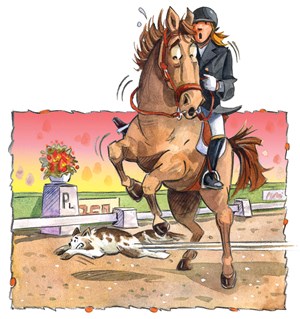
In my experience, geldings are less emotional than either stallions or mares. They are willing to do the work, but they can get dull to the aids easily. And that can be a problem for dressage horses. They should react to the smallest-possible aid. When I work with geldings, I do not desensitize them with meaningless aids. I also try to keep them tuned in by making the work interesting.
All dressage riders have to learn to sit quietly so our horses stay responsive to the slightest shifts in our balance and seat. It’s true that geldings are more forgiving of riders who move around a lot, but that is not ideal. The less a rider moves, the better a horse can perform.
I like my horses to be so sensitized that they react when I take my legs a little bit away from their sides. I want them to anticipate an aid, even if it never comes. In my opinion, it is the anticipation of an aid that leads a horse to move in self-carriage. When my students complain that their horses are heavy in the reins or dull to the leg, I think they are telling on themselves. Despite their imposing size, horses are naturally sensitive. The rider’s responsibility is to train the horse to stay tuned in and light in his balance. When a horse is completely and confidently in tune with his rider, he does not depend on the leg and reins. Riders often describe the sensation as a push-button connection, and they strive for it.
Spooky horses are the only ones for whom I might make an exception and ride with more leg contact. Like those that are tense or nervous, spooky horses need to be made to feel confident. I have found that consistent support via my legs provides these horses with the feeling of security that’s necessary for them to go boldly forward. When a spooky horse gains confidence by feeling successful in his work, he then can be resensitized to the leg.
When I ride a gelding that is not naturally forward, I really make my point to him about staying ahead of the leg and then I take a break. I often see riders make the mistake of going and going with a lazy horse. This just drains his motivation more. I think it’s better to have a short burst of energetic work, then reward and take a break.

Of course, some geldings are playful and lively. I keep this type of horse’s attention by staying a step ahead of him. I give him something to do before he finds a way to amuse himself. For example, I mix up the movements and introduce new patterns. I make the work challenging and I look for opportunities to praise when he does something well. I don’t take as many breaks because he might lose interest and focus. The variety and challenge of his work are what keep him interested. When my horses feel exuberant, I like to have a little fun with them by letting them express themselves without letting them get too rambunctious.
I believe that through proper attention, care and training, most horses can become the partners we seek, despite physical or mental challenges we encounter along the way. Take the time to truly get to know your horse. Listen to him and you will learn how he wants to be ridden and trained. Be open to the idea that the horse is the teacher and the rider is the student. With this approach, you can bring out the best in each other.
Reforming a Bucker
When the Hanoverian Lord Albert first came to me as a 4-year-old, just two weeks after being gelded, he was a skilled and sneaky bucker. He would move in a nice easy trot but let his will be known when his rider asked for a canter. He would buck severely and deliberately until he unseated his rider. Then he would run to a corner, put his head down and hide. He was so good at bucking that he had managed to dump several professional riders. But his talent was obvious, and his playfulness and a larger-than-life persona won me over.
From my first ride, I treated Lord Albert’s bucking the same way I handle rearing. I just sat as quietly in the saddle as I possibly could and I waited. Even with all his energy, bucking is hard work, and eventually he lost interest.
Any time I’m training a horse who bucks in response to an aid, I bring him back to the walk as soon as possible. I also ask myself, “Was my aid too strong?” I think bucking is often a sign of tension, so I am as patient as possible, even if it takes a hundred times before I get the right response to my aid. If a horse tries to bolt, I go back to the walk for a while. I don’t return to work too quickly. I have found that if I repeat requests when a horse is still tense, then I risk getting the same negative reactions. I help the tension unwind by diffusing it in the walk. When the horse will allow me to move him from side to side, halt and walk on, then I know he is on my aids.
My persistent patience paid off and after nine months together, Lord Albert and I represented the United States at the young horse championships in Germany. I trained him to Grand Prix, and last fall had the pleasure of giving my mother, an amateur dressage rider,
a lesson on him.
David Blake is a Grand Prix competitor and trainer who trains alongside Rebecca Rigdon and Steffen and Shannon Peters at Arroyo del Mar, in San Diego, California. A U.S. Dressage Federation gold medalist, he competes the 13-year-old Danish Warmblood gelding Ikaros, owned by Melanie Pai, of Wellington, Florida, in the Grand Prix CDI ring. Blake and Royal Prinz won the 2012 Intermediaire I Reserve Championship at the U.S. Equestrian Federation Dressage Festival of Champions in Gladstone, New Jersey (davidblakedressage.com).



